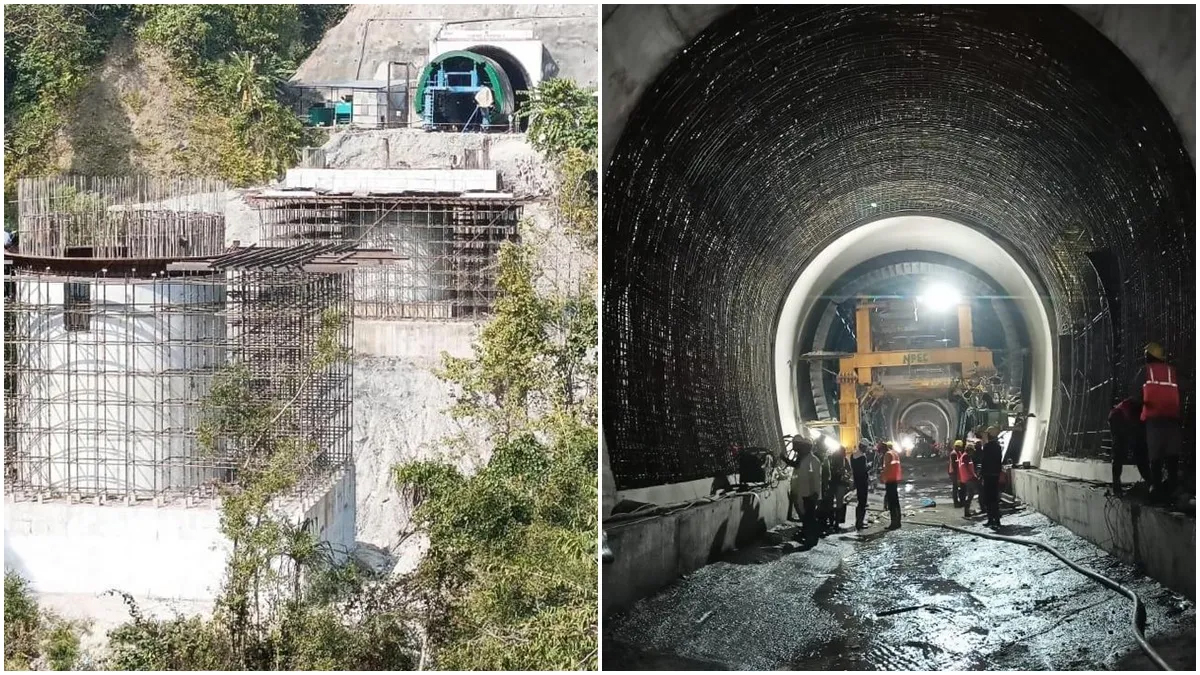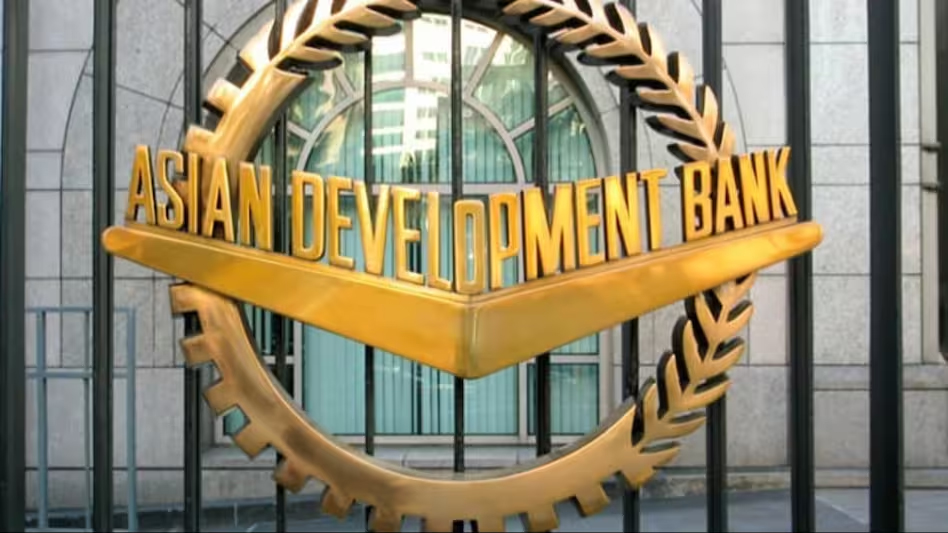The Sivok-Rangpo Rail Project, which will connect Sikkim to the railway network for the first time has got a significant boost with the completion of an 855-metre-long emergency exit tunnel
 KRC TIMES NE Desk
KRC TIMES NE Desk

The Sivok-Rangpo Rail Project, which will connect Sikkim to the railway network for the first time has got a significant boost with the completion of an 855-metre-long emergency exit tunnel.
Along the Teesta river, a 20-metre section of the tunnel runs under National Highway-10, mining through which was a task given its soft and loose soil. According to officials, this was the most challenging part of the whole project as there was a high risk that it might cave in, snapping Sikkim’s road connectivity with the rest of the country.
An official from Ircon International, which is constructing the project said, “NH-10 is the only road network that connects Sikkim with other parts of the country. It was a huge challenge for us to mine a tunnel 18 metres below the highway, because the soil is very soft and loose, just like the river sand bed (fine to coarse-grained), with alternate bands of pebble, cobble and boulders.”
He further added, “Mining for only that 20-metre distance, which is the width of NH-10 including the impact areas on both sides along the highway, has been the most challenging moment of the project so far. We completed it successfully, without causing a single millimetre of deformation to the highway.”
Meanwhile, railway officials stated that they used the secant-piling method which is rarely used in tunnel mining. After getting it proof-checked by the Indian Institute of Technology (IIT), Ircon officials prepared a case study, explaining the ingenuity of the mining work.
As per the study, “To provide fool-proof safety to NH-10, it was suggested to prepare a secant pile wall. Secant piles are designed by constructing reinforced concrete piles that interlock with each other and are reinforced with steel rebar. Typically, primary piles are cast in situ, leaving space in between them, and this is followed by secondary piles cut into the primary piles to form a continuous wall of piles.”
The Sivok-Rangpo Rail Project (SRRP), covering a total length of 44.96 km between Sivok in West Bengal and Ranpo in Sikkim) has 14 tunnels, 22 bridges (13 major and nine minor) and five railway stations, namely, Sivok, Riyang, Teesta Bazar, Melli and Rangpo.
A railway official told that of the 14 tunnels, mining work has been completed in 10 and of these 10, the lining work has been finished in four. It was also informed that the longest tunnel of the project is 5.3 km and the shortest 538 metres.
Informing that only 9 per cent of the project is on the ground, the official said, “Of the 13 major bridges, 12 are ready with the substructure. The maximum height of the pier (of Bridge-17) is 85 metres, constructing which was itself an uphill task. The most demanding aspect of the project is that 86 per cent of the total rail line passes through tunnels and 5 per cent over bridges.”
The Indian Railway has set a new deadline of August 2025 to finish the SRRP that will connect Sikkim with the rest of the country through the rail network for the first time.






